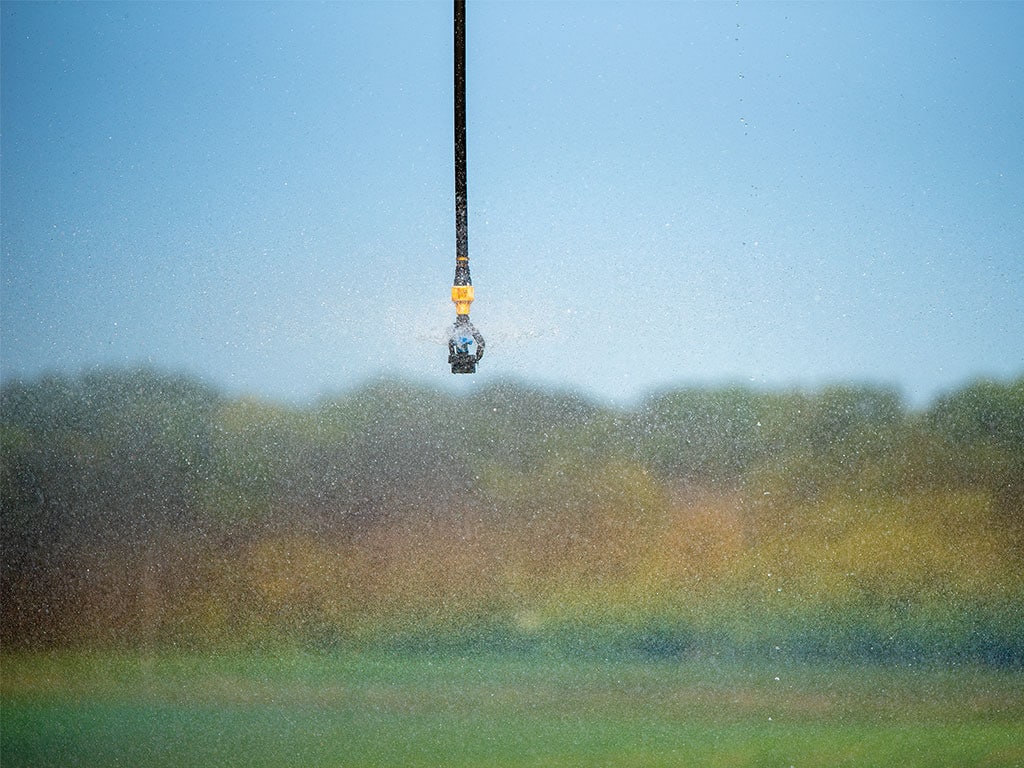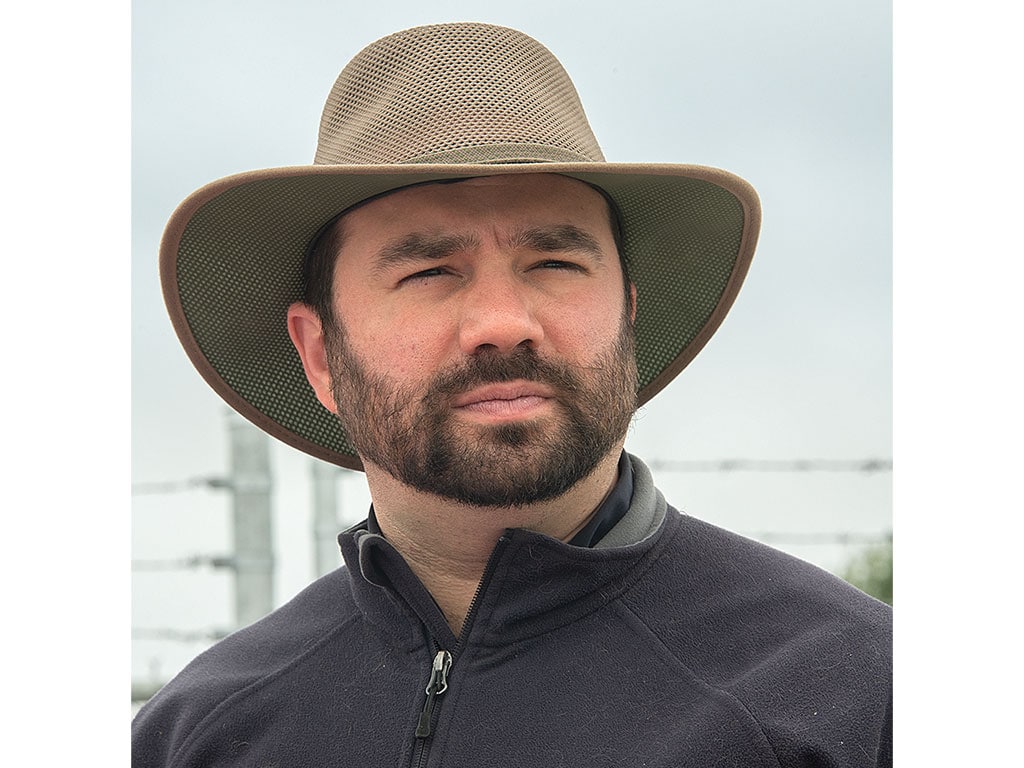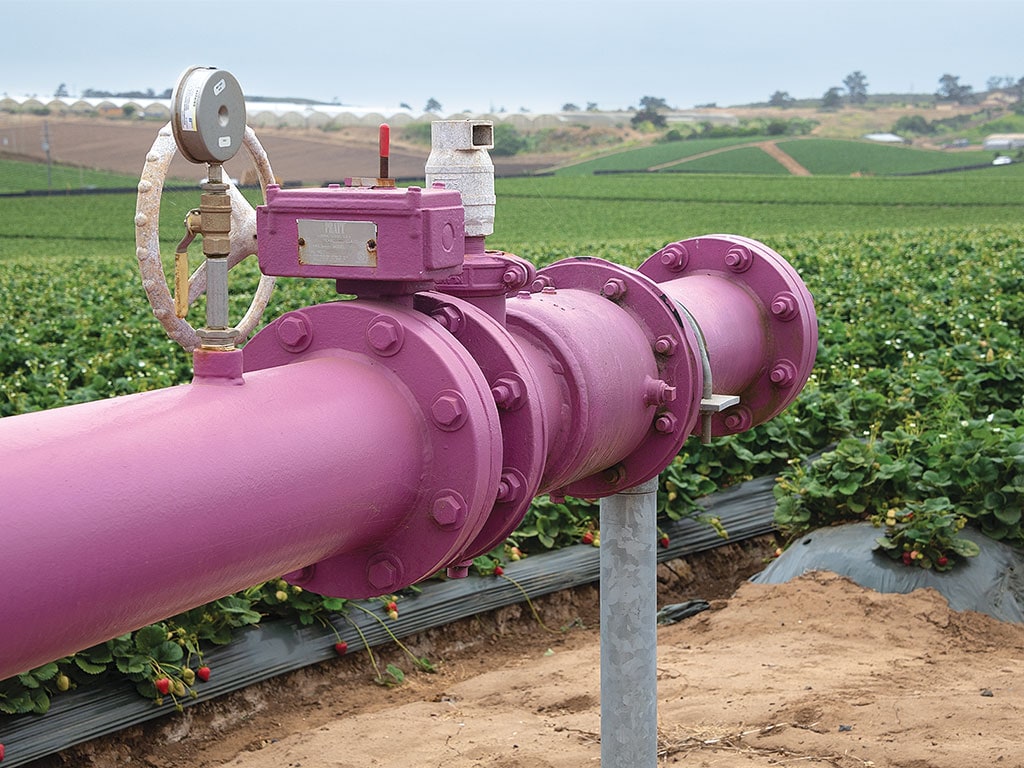Agriculture, Sustainability February 01, 2025
Cutting Back on Salt
Districts battle saline groundwater with science and creativity.
by Steve Werblow
Beneath the strawberry and vegetable fields, just inland from the breaking waves on the beach, seawater has slowly been creeping into the aquifer under Watsonville, California, threatening the billion-dollar agricultural economy of the Pajaro Valley.
Spanish explorers heard stories from local fishermen about fresh water bubbling up from overflowing aquifers into Monterey Bay. But the tide has turned. Groundwater withdrawals peaked at 50,000 acre-feet per year, leaving aquifer space to be filled by seawater. Continued pumping adds to the problem.
"Ninety-three percent of the water used in the valley is from groundwater," says Marcus Mendiola, water conservation and outreach specialist for the Pajaro Valley Water Management Agency. "We're working as hard as we can to lower that number.
"We need to take an all-up approach of recycling water, groundwater recharge, and recovery, conservation, and surface water," he adds. "We need to think about all water sources and optimize every part of the water system within the region."
Because 81% of the valley's water is used on farms, farmers have been at the center of the discussion—and now they are a big part of the solution.
It starts with conservation.
"Farmers are getting more efficient and growing crops with less water," Mendiola explains. He points out that groundwater withdrawals are down to 36,000 acre-feet per year, a drop of about 10% from a decade ago.
The agency—called PV Water for short—worked with farmers to set target salinity levels in irrigation water that would allow them to continue producing crops efficiently. They landed on 150 parts per million (ppm) of chloride, 10 ppm of nitrate, and a sodium adsorption ratio of 100.
Above. Marcus Mendiola of PV Water. Purple pipes deliver recycled water to farms.
Blending. To dilute saline supplies to those levels, PV Water has developed fresh supplies for blending. A treatment plant disinfects municipal wastewater, which is then mixed with surface water and groundwater for use in irrigation on 6,300 acres of farmland. Growers can blend the delivered water—at $454 per acre-foot—with supplies from their own wells, for which they pay $420 per acre-foot in fees.
Mendiola points out that PV Water's 23 miles of delivery pipes strategically serve farmland close to the beach. That makes the water under those fields a barrier to saltwater intrusion.
"We're trying to raise groundwater levels overall, but there's the most benefit if we raise it along the coast to further prevent inland migration of heavy, salty water," he explains.
He notes that two-thirds of the irrigation water the agency delivers to farmers today is recycled water from the plant. That saves about 4,000 acre-feet per year and puts about half of Watsonville's wastewater to work growing crops. (The other half is generated in the winter, when farmers don't need the water.)
PV Water recharges the shallow aquifer with stormwater. It uses another recharge basin to let slough water soak in the ground filters and stores about 3,000 acre-feet of water that is recovered in the summer, adding to the supply for coastal growers.
The agency is also expanding a shallow lake that used to be drained every spring and planted to fast-growing crops like squash and salad greens. Now, it will provide year-round storage, contributing 1,800 to 2,300 acre-feet of surface water.
Inland, too. Saline groundwater isn't just a coastal problem. Geology, reused irrigation supplies, and drainage problems can concentrate salts in water.
In California's Central Valley—a mountain range away from the sea—the Westlands Water District is piloting a project that uses reverse-osmosis filters to desalinate groundwater. The treated water will be delivered to the San Luis Canal, while the concentrated brine removed from the filters will be applied to salt-tolerant forage crops, says assistant GM Jose Gutierrez.
As seawater creeps into coastal aquifers and inland users tap salty wells, saline challenges grow.
"Seawater intrusion is an existential threat," says Mendiola. "If we solve that, if we raise groundwater levels, the whole basin will benefit from improved groundwater quality and quantity." ‡
Read More

AGRICULTURE, SUSTAINABILITY
A Spectrum of Solutions
Water management techniques turn into profits.

AGRICULTURE, FARM OPPERATION
Winning Water Shortcut
Tech solutions save hours, money, and stress for livestock producers.



